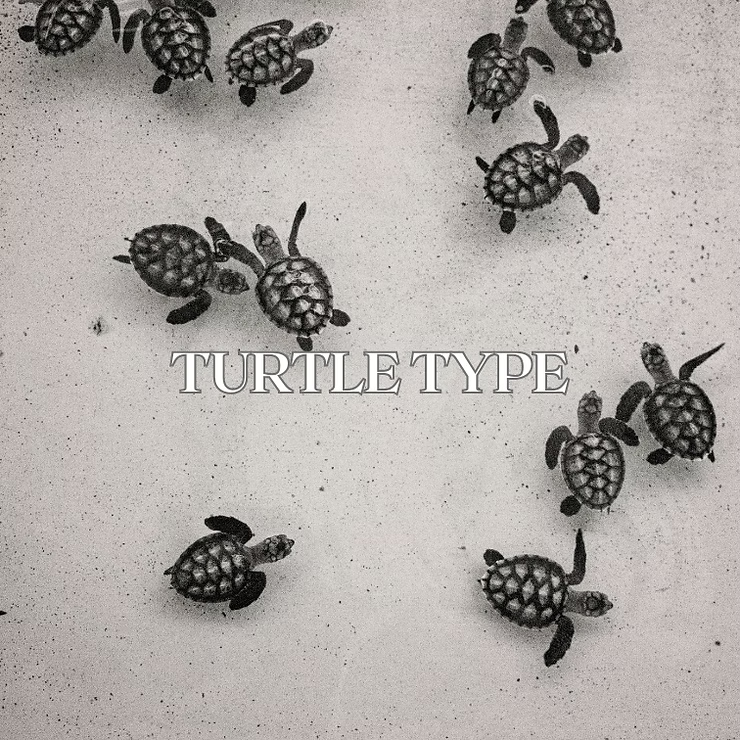Introduction
Turtles are fascinating creatures that have captured human curiosity for centuries. With their hard shells, slow movements, and diverse habitats, turtles are not only unique in appearance but also vital to ecosystems worldwide. Yet, despite their resilience, they face serious threats from habitat loss, illegal trade, and climate change. Understanding their importance is the first step toward protecting them.
Key Takeaways
- Turtles have hard shells and retractable limbs for protection.
- They live in oceans, rivers, lakes, wetlands, and on land.
- Major groups include sea turtles, freshwater turtles, and tortoises.
- Turtles regulate ecosystems by dispersing seeds and controlling plant growth.
- Conservation is essential to combat habitat destruction, illegal trade, and climate change.
What is a Turtle?
Physical Characteristics
A turtle’s most defining feature is its shell, made up of two parts: the carapace (top) and plastron (bottom). These shells act as armor, protecting turtles from predators. Many species have webbed feet for swimming, while others have sturdy legs for life on land. Instead of teeth, turtles have sharp beaks for biting plants or prey. Some species, like the leatherback, even have soft shells.
Habitat and Distribution
Turtles are globally distributed, found on every continent except Antarctica. They inhabit oceans, rivers, lakes, wetlands, and forests. Some, like sea turtles, migrate thousands of kilometers, while others, like box turtles, thrive in localized habitats.
Types of Turtles
- Sea turtles: Long-distance ocean swimmers that maintain marine ecosystem health.
- Box turtles: Terrestrial turtles with hinged shells for complete protection.
- Snapping turtles: Aquatic predators with strong jaws that regulate aquatic species populations.
Why Are Turtles Important?
Ecological Role
Turtles act as nature’s gardeners. By feeding on plants and animals, they control populations and prevent overgrowth. They disperse seeds through their diet and even influence coastal environments through nesting, which enriches beaches and dunes for other species.
Cultural Significance
Turtles carry deep symbolic meaning in many cultures. In Japanese folklore, they symbolize longevity. Native American traditions associate turtles with wisdom and protection, while African cultures sometimes see them as divine messengers. Their steady nature reflects patience and resilience across civilizations.
Threats to Turtle Populations
Habitat Loss and Degradation
Deforestation, urban development, and pollution destroy nesting grounds and feeding areas, leaving turtles vulnerable and displaced.
Illegal Wildlife Trade
Turtles are captured for meat, eggs, and shells, fueling black markets and threatening species survival. Avoiding turtle products helps curb this destructive trade.
Climate Change and Pollution
Warming temperatures alter hatchling sex ratios, while plastic waste entangles turtles or is mistaken for food. Mitigating these threats requires global cooperation and sustainable practices.
Frequently Asked Questions
- What do turtles eat? Diets vary: plants, fruits, insects, fish, or even small animals.
- How long do turtles live? Some species live over 100 years.
- Can turtles breathe underwater? No, they have lungs, but can hold breath for long periods.
- Do turtles have teeth? No, they use sharp beaks instead.
- Are turtles endangered? Many species are, due to human impacts.
- Can turtles feel pain? They have a nervous system and can show distress, though not like humans.
Conclusion: Turtles are ancient survivors that enrich ecosystems and cultures alike. Protecting them requires urgent conservation efforts, from reducing pollution to ending illegal trade. By valuing turtles, we safeguard not only their survival but the health of our planet.

